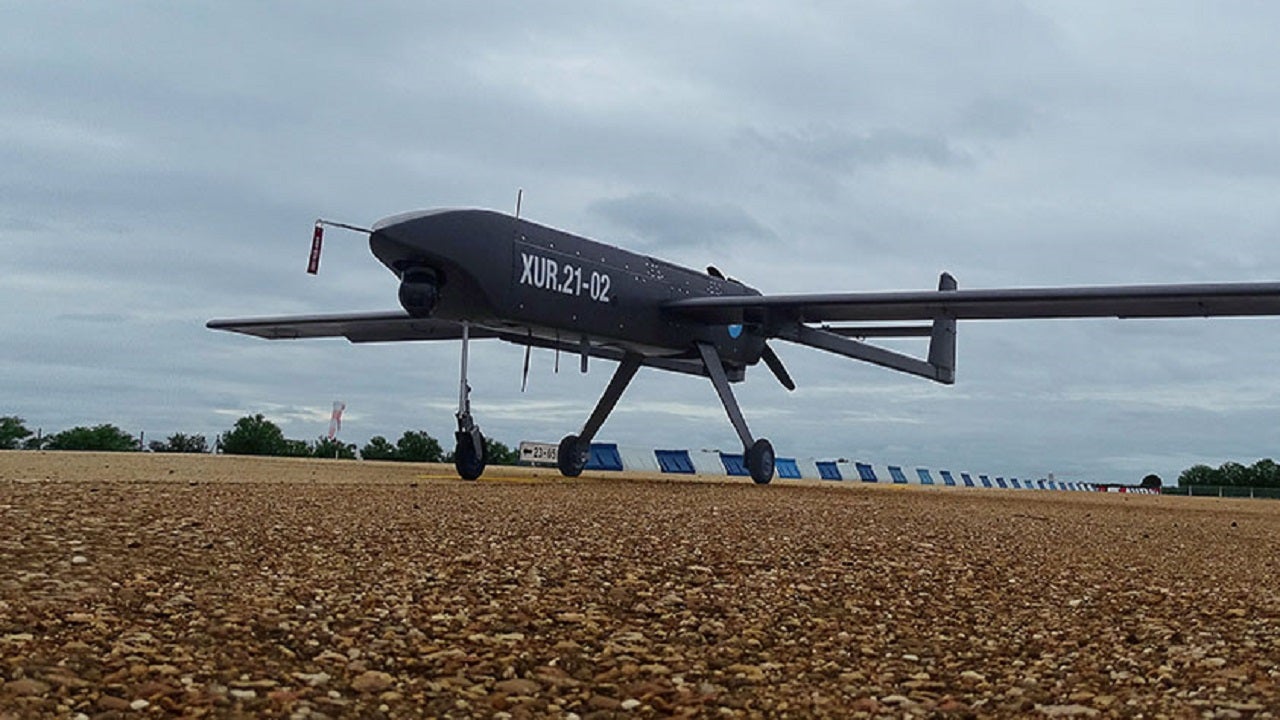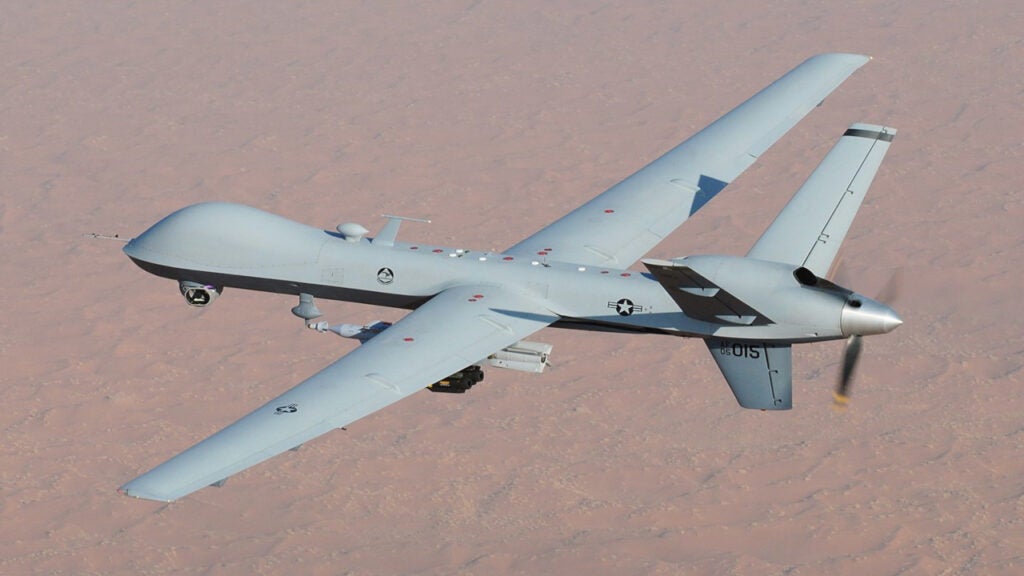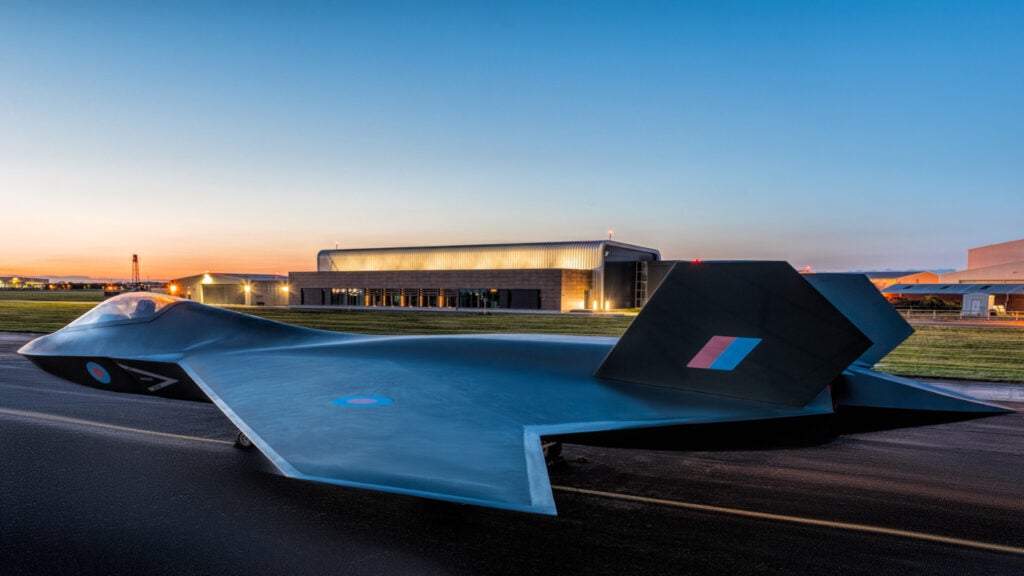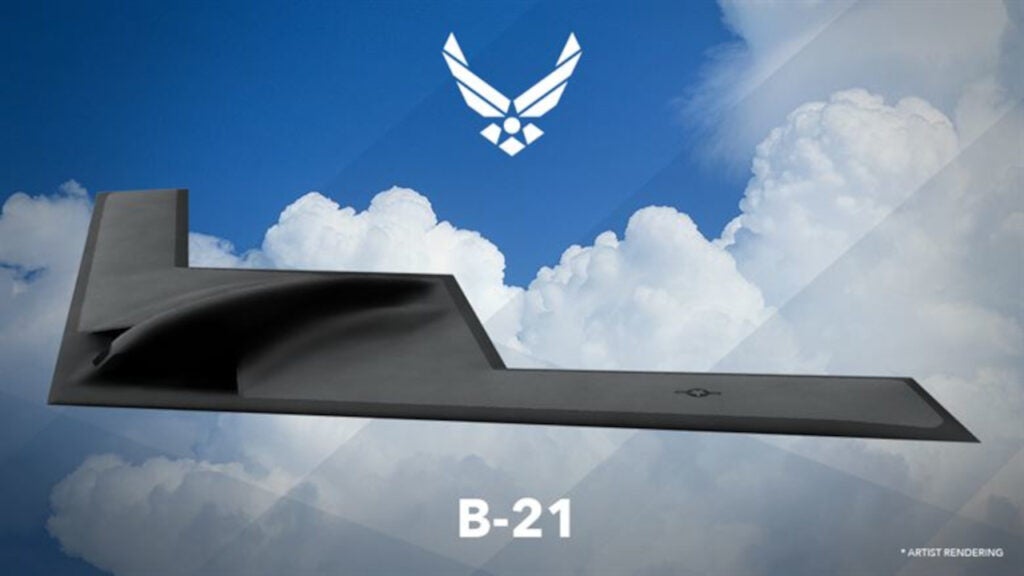
Tarsis 75 is a highly versatile fixed-wing high-end class 1 unmanned aerial system (UAS) that can be customised to meet the requirements of intelligence, surveillance, reconnaissance (ISR), and emergency missions.
Spanish aeronautics engineering and consultancy company Aertec Solutions developed the UAS using its proprietary design and technology.
Tarsis 75 development
The Tarsis 75 UAS has completed four operational evaluation tests to date, as part of the Spanish Ministry of Defence’s (MoD) RAPAZ programme. Tests were conducted by Spanish MoD’s General Directorate of Armament and Materials (DGAM).
The Spanish MoD launched the RAPAZ programme in 2016 to evaluate and process the attributes of the remotely piloted air systems (RPAS) weighing less than 150kg for future procurement by the armed forces.
The first operational evaluation test of the unmanned aircraft was performed in November 2017, while the fourth test was conducted at the Conde de Gazola Army Base in January 2021. The tests validated the UAS to be certified with a range and altitude of more than 75km and 14,000ft, respectively. The UAS, however, demonstrated a 150km range in a testing campaign at the National Institute for Aerospace Technology’s (INTA) El Arenosillo Testing Centre (CEDEA) in Huelva, Spain.
The tests also verified the use of TARSIS 75 for fire support, along with the identification of the target and shot correction.
Aertec integrated a STANAG 3733-compliant laser designator into TARSIS 75 and conducted a flight campaign at the facilities of the CEDEA in July 2021.
Tarsis 75 design and features
Made of carbon fibre, the Tarsis 75 UAS has a length of 3.8m, height of 0.96m and wingspan of 5.2m. The fixed-wing aircraft is specifically designed to deliver higher load integration capacity (more than 12kg) and longer flight duration.
It has broad configuration flexibility and can operate in adverse environments and difficult circumstances. The fuselage and underwing pods of the aircraft can hold a maximum payload of 12kg.
The UAS has a maximum take-off weight (MTOW) of 75kg and can fly at a cruise speed of 100km/h. It can remain airborne for up to 12 hours. The aircraft has a maximum ceiling of 5,000m, while its maximum operational video range is 150km.
Payload aboard Tarsis 75 UAS
The unmanned aircraft system is integrated with a gyro-stabilised system integrated with pulsed laser targeting capabilities.
It also includes other advanced dual electro-optical (EO)/infrared (IR) surveillance gyro-stabilised sensors with automatic detection, video tracking and geo-tracking capabilities, supporting day and night missions.
The sensors can automatically create target alerts and track moving targets up to 8km away from the aircraft.
The UAS can optionally integrate various operational equipment such as a satellite back-up link, and alternative spectral sensors.
Navigation, guidance, and control
The Tarsis 75 and its predecessor Tarsis 25 are equipped with an autonomous take-off and landing (ATOL) system. It can even land on unprepared landing strips and can integrate an optional parachute emergency recovery system.
The ATOL system incorporates an automated control system (ACS) for both take-off and landing.
The UAV features an optimal flight path generator that can be configured to different mission modes such as reference point configuration, interpolation of altitude and flight plan patterns, return to base mode, linear and helical ascents and descents, and orderly task planning for emergency/contingency/tracking manoeuvres.
Communications
The Tarsis 75 system is configured with a primary nominal communications system and a secondary satellite-connected redundant system.
The primary datalink supports direct communications between the UAV and the ground control station via a high-quality video and data feed. The range of the datalink is between 40km and 200km.
The secondary satellite communication system with unlimited range serves as an emergency or redundant system for communications.
Ground control station
The ground control station ensures mission planning, and communication with the platform and payload or useful load control. The communication systems and data links connect the ground control station with the aerial platform and its onboard systems.
Powered by mains electricity, the control station can also receive independent battery power. The ground control station is fully configurable as per customer’s requirements.



